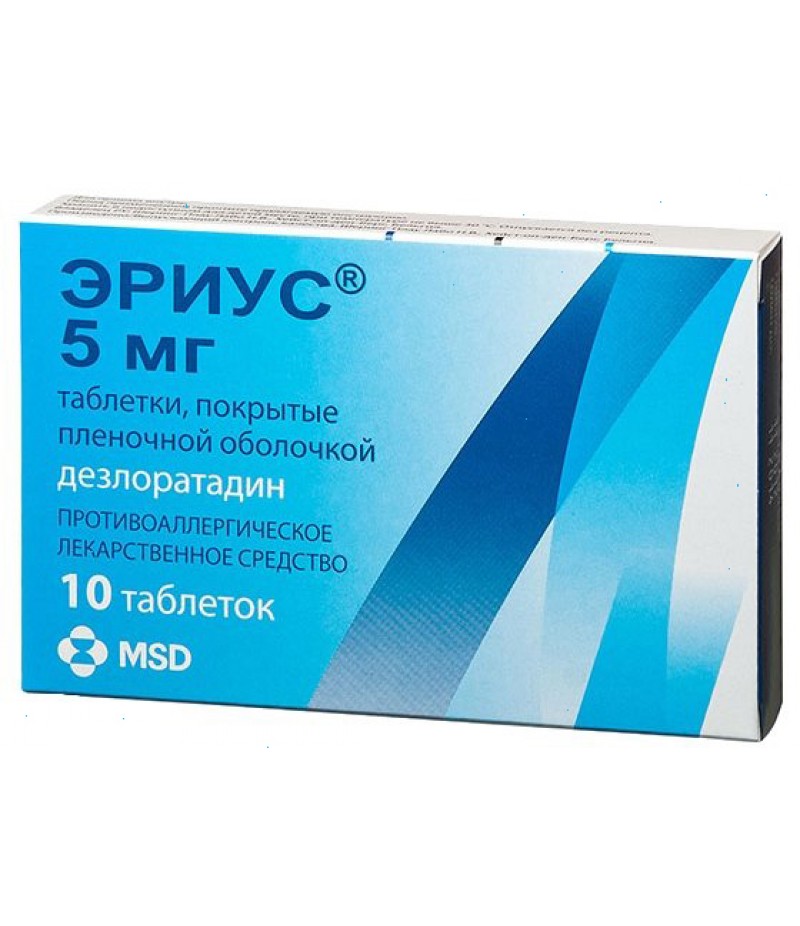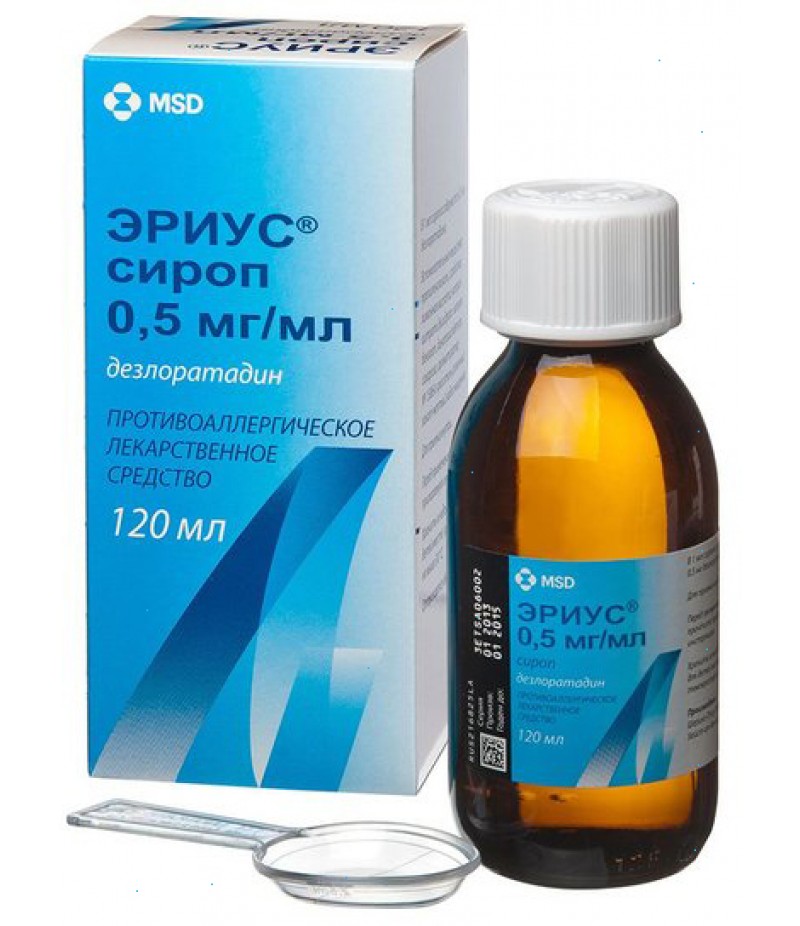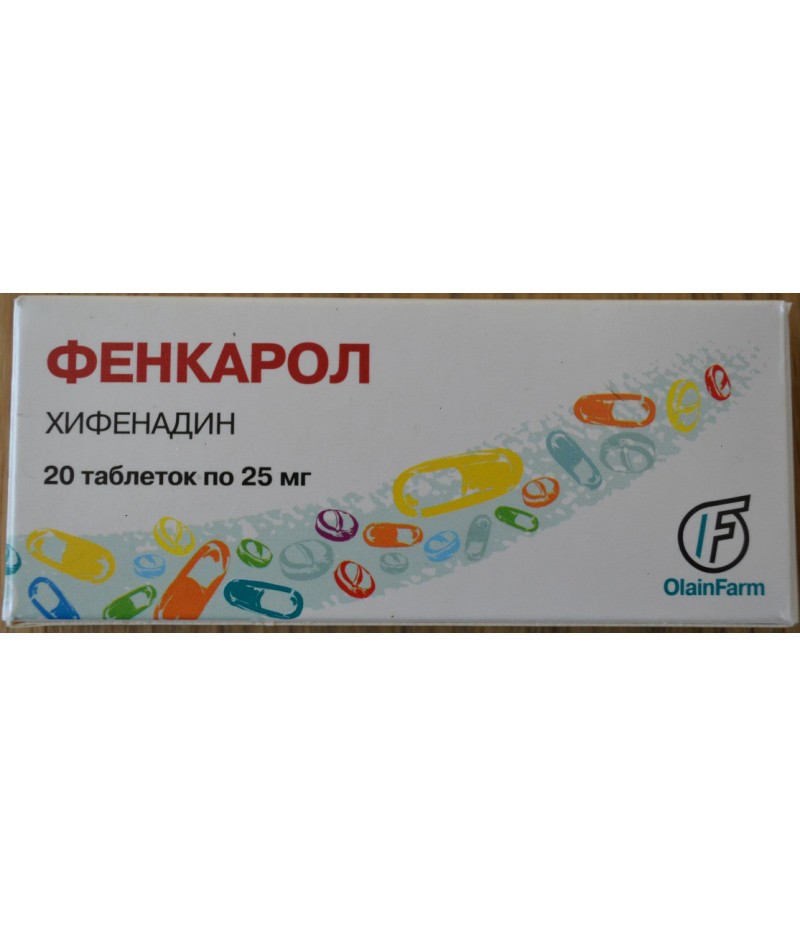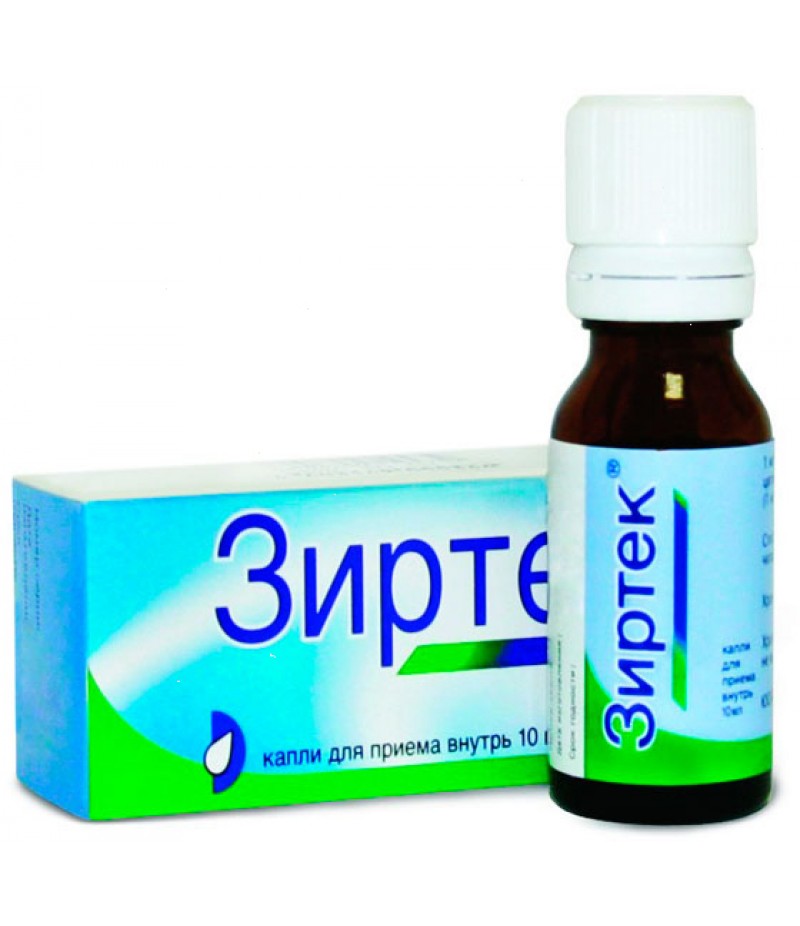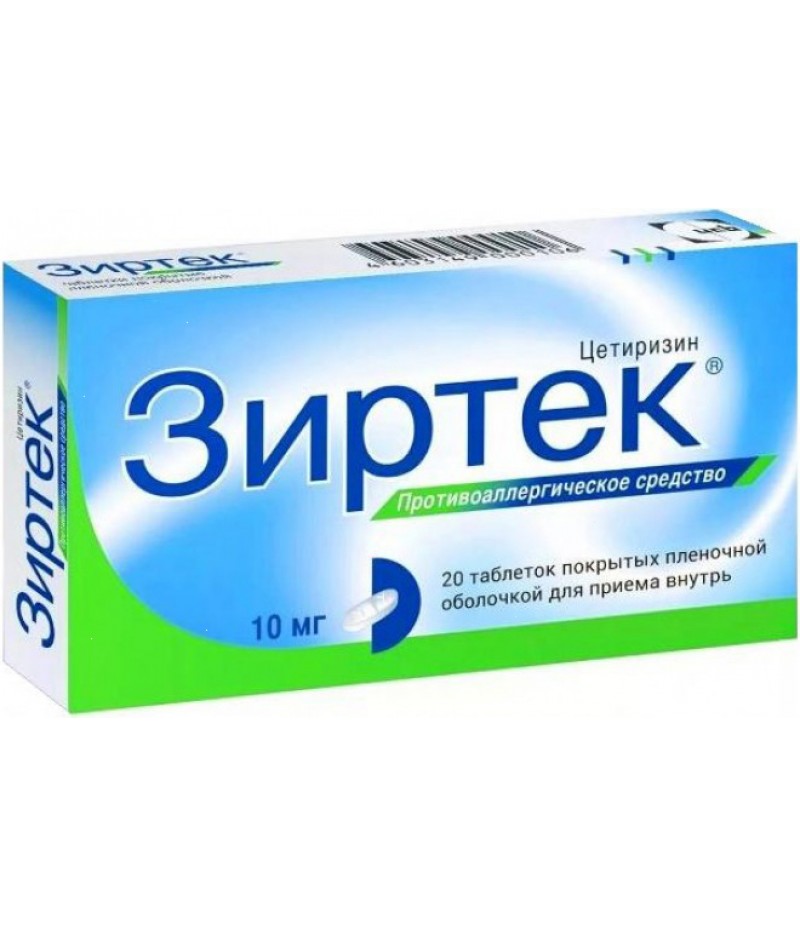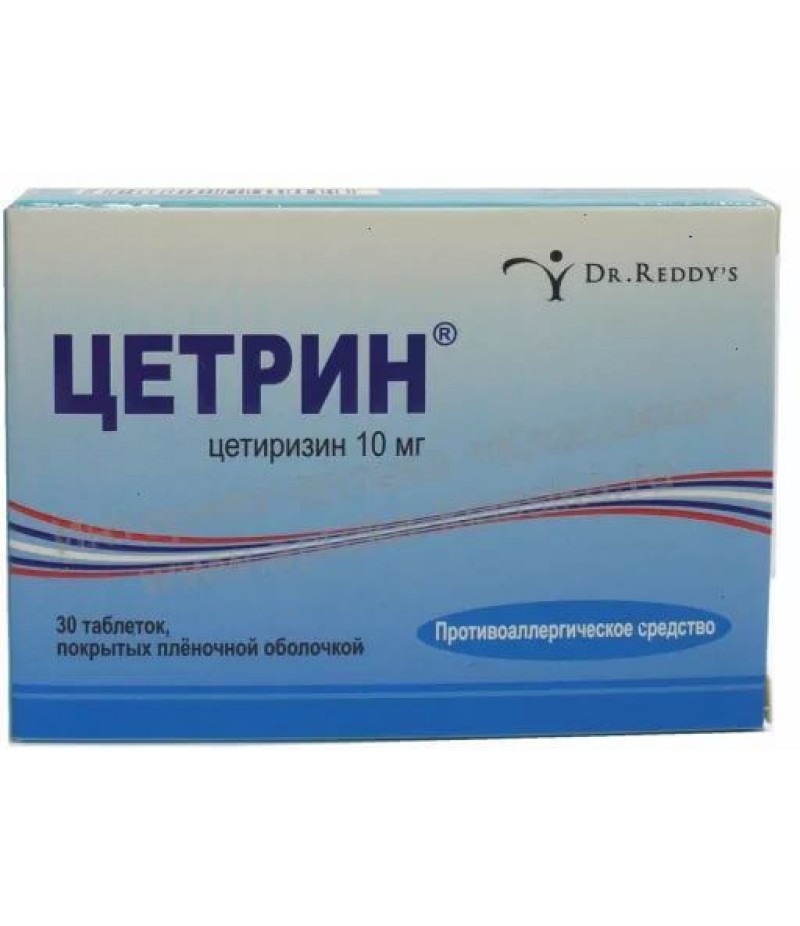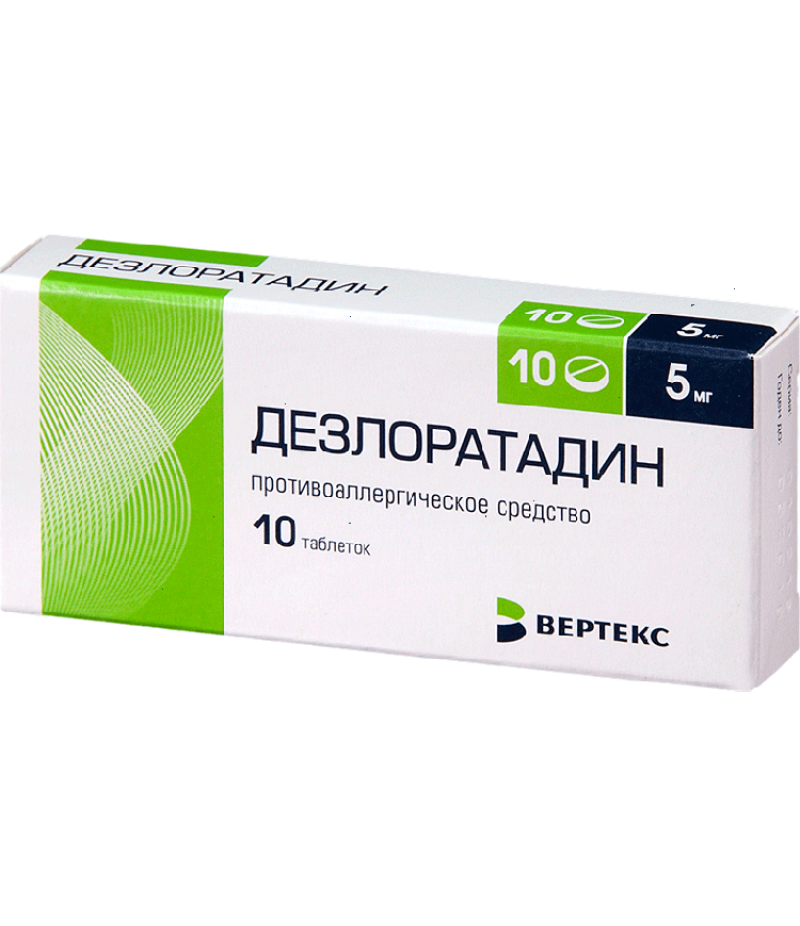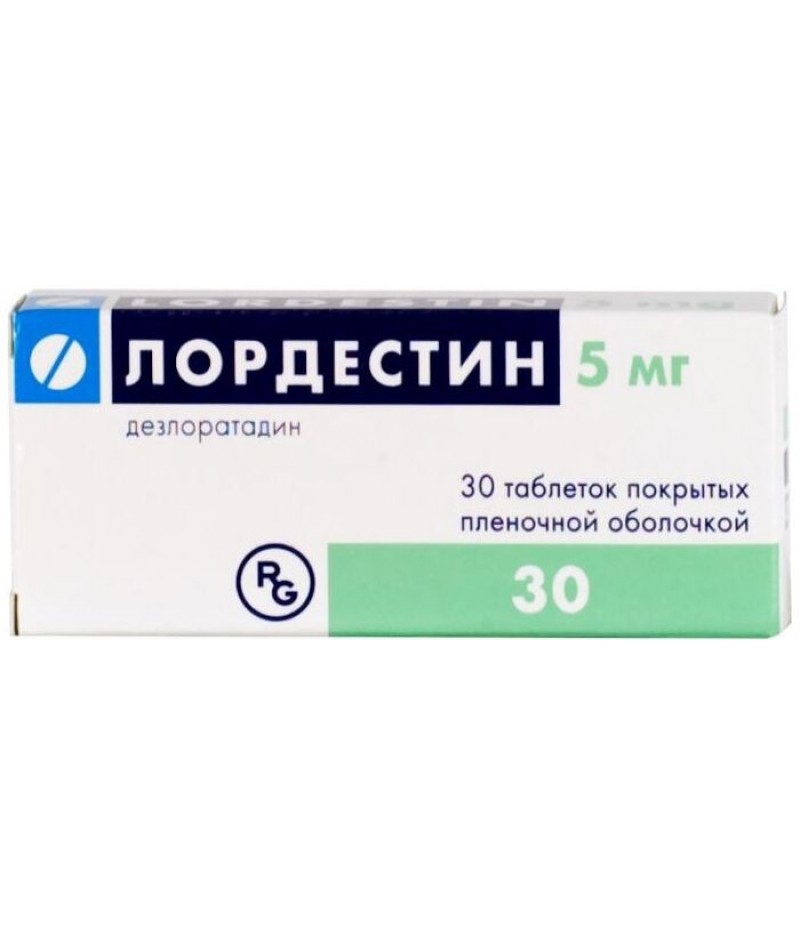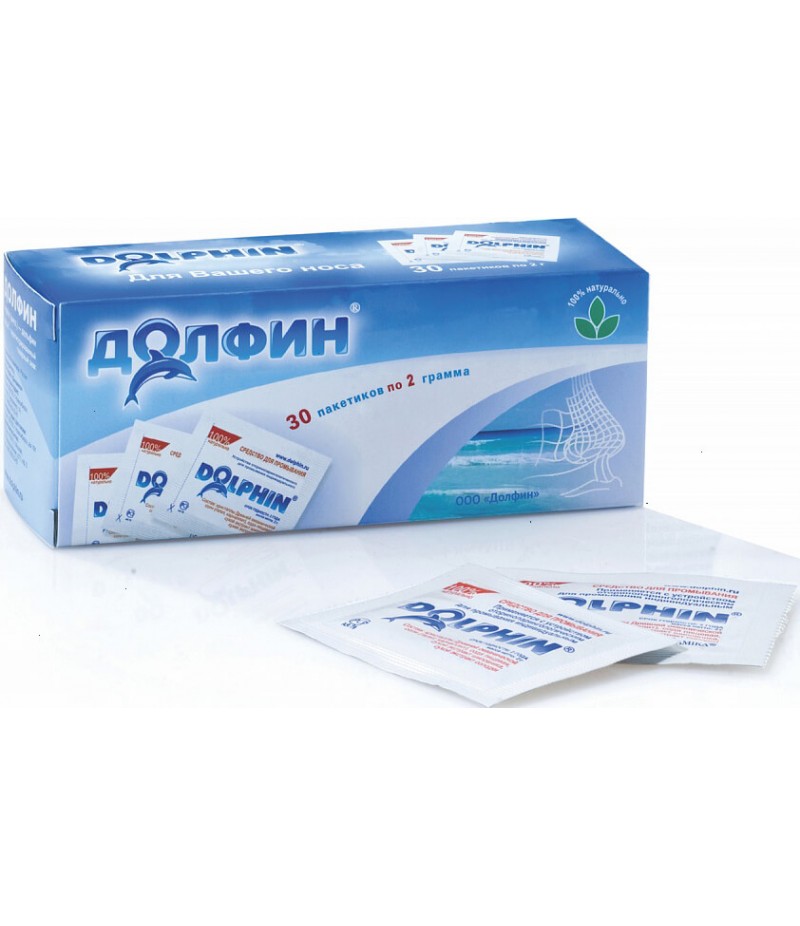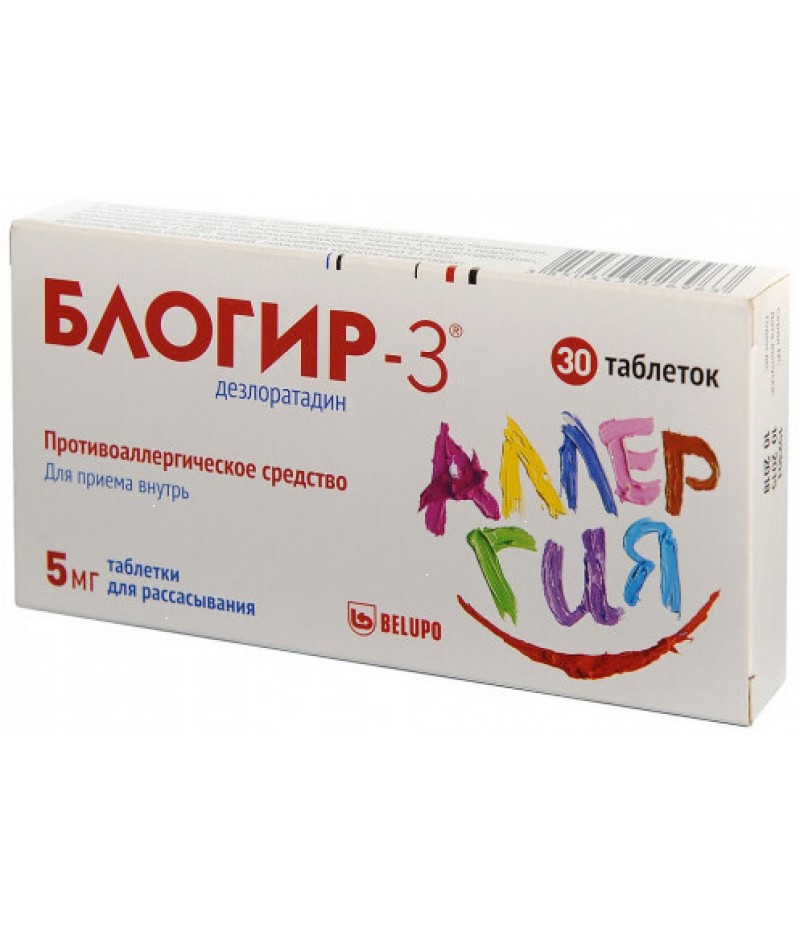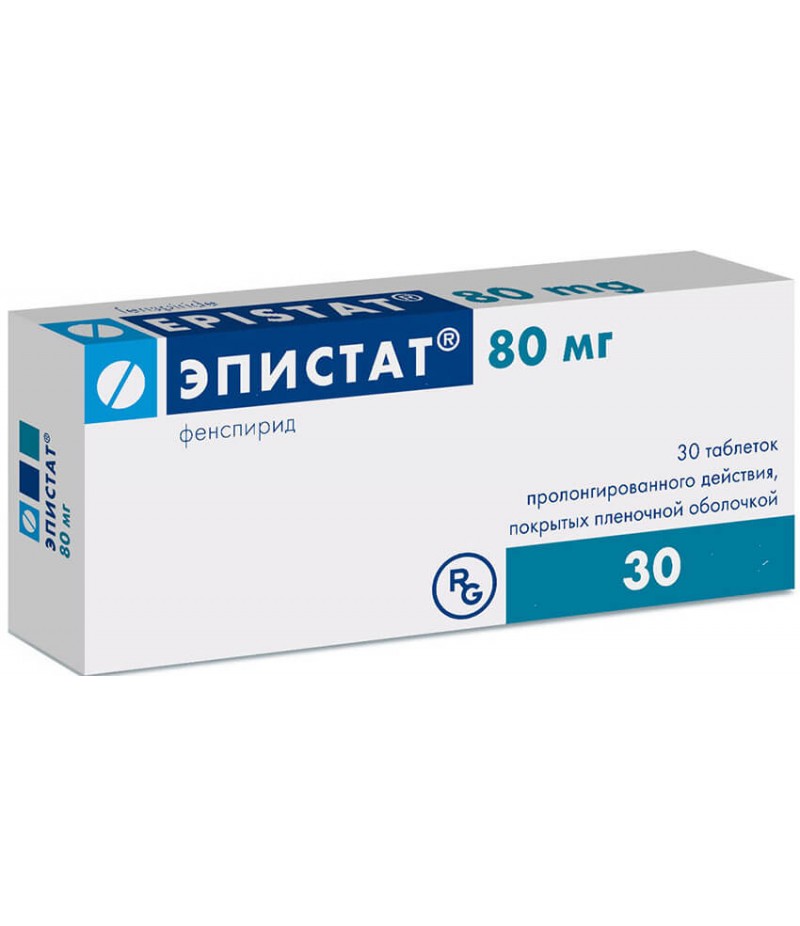Aerius tabs instuction for use
You can buy Aerius here
Composition
Dosage 5 mg
In one tablet for resorption contains:
active ingredients: desloratadine coated granules, 43.86 mg *;
auxiliary
substances: iron dye red oxide 0.86 mg, aspartame 5.10 mg, silicon
dioxide colloid 0.50 mg, crospovidone 17.00 mg, cellulose
microcrystalline ** 10.00 mg, sodium hydrogen carbonate 4.24 mg, citric
acid 2.56 mg, granular mannitol 2080 32.58 mg, magnesium stearate 3.40 mg, mannitol 48.88 mg *, fruit flavoring 1.02 mg.
The 43.68 mg coated granule contains:
active substance: desloratadine, ground 5.00 mg;
auxiliary
substances: cellulose microcrystalline 19.99 mg, mannitol 5.00 mg,
pregelatinized starch 1.90 mg, sodium carboxymethyl starch 1.00 mg,
butyl methacrylate, dimethylaminoethyl methacrylate and methyl
methacrylate copolymer (1: 2: 1) 7.31 mg, magnesium stearate 3.65 mg, purified water (used in the preparation of sodium
carboxymethyl starch), alcohol SDA-3A anhydrous (used to make the
coating and removed during the coating process).
* - the amount per tablet depends on the content of the active substance in desloratadine coated granules;
** - with low humidity
Description
Dosage 5 mg
Round, flat cylindrical, light red color tablets with inclusions with
bevelled edges and an inscription "A" printed by embossing on one side.
Pharmacotherapeutic group
Antiallergic agent - H1-histamine receptor blocker.
Pharmacodynamics
Non-active antihistamine long-acting drug. It is the primary active metabolite of loratadine. Selectively blocks the activity of peripheral H1 histamine receptors. Suppresses the release of histamine from mast cells. It
inhibits the cascade of allergic inflammation reactions, including the
release of pro-inflammatory cytokines, including interleukins IL-4,
IL-6, IL-8, IL-13, isolation of adhesion molecules such as P-selectin. Thus, it prevents development and facilitates the course of allergic
reactions, has antipruritic and antiexcudative action, reduces
permeability of capillaries, prevents the development of edema of
tissues, spasm of smooth muscles.
The
drug has no effect on the central nervous system, does not cause
drowsiness (the use of desloratadine at the recommended dose of 5 mg per
day is not accompanied by an increase in the incidence of drowsiness
compared with the placebo group) and does not affect the rate of
psychomotor reactions. Does not cause an extension of the QT interval on the ECG.
Pharmacokinetics
Desloratadine is well absorbed in the gastrointestinal tract. It is determined in the blood plasma 30 minutes after ingestion. The maximum concentration is achieved on average 3 hours after administration. Does not penetrate the blood-brain barrier. The connection with plasma proteins is 83-87%. When
used in adults and adolescents for 14 days at a dose of 5 mg to 20 mg
once a day, there was no clinically significant cumulation of the drug. Simultaneous
intake of food or grapefruit juice does not affect the distribution of
desloratadine when administered at a dose of 7.5 mg 1 time per day. Desloratadine is not an inhibitor of CYP3A4 and CYP2D6 isoenzymes and is not a substrate or an inhibitor of P-glycoprotein. Intensively metabolized in the liver by hydroxylation to form 3-OH-desloratadine, combined with glucuronide. Only
a small part of the dose taken internally is excreted by the kidneys
(<2%) and through the intestine (<7%) unchanged. Half-life is an average of 27 hours. According
to single-dose, cross-over studies, dosage forms of desloratadine
tablets for resorption of 5 mg and conventional tablets of 5 mg are
bioequivalent. The
study of the effectiveness of desloratadine tablets 2.5 mg with the
participation of patients of childhood was not conducted. Nevertheless, the pharmacokinetic data obtained during the study on
the selection of doses of the drug with the participation of patients of
childhood, demonstrate the possibility of using desloratadine tablets
for resorption of 2.5 mg in children aged 6 to 11 years.
Water does not affect the bioavailability of the drug Erius® resorption tablets.
Indications for use
allergic rhinitis (elimination or relief of sneezing, nasal
congestion, discharge of mucus from the nose, itching in the nose,
itching of the palate, itching and redness of the eyes, lachrymation);
urticaria (reduction or elimination of itching, rash).
Contraindications
increased sensitivity to any of the substances that make up the drug or loratadine;
pregnancy and lactation;
age up to 6 years.
Carefully
In the presence of severe renal failure, Erius® should be used with caution.
In each dose of the preparation containing 5 mg of active substance, 2.9 mg of phenylalanine is present. Phenylalanine can cause undesirable effects in patients with phenylketonuria.
Dosing and Administration
Tablets can be taken regardless of food intake. Carefully open the blister and take out the pill without breaking it. The tablet for resorption should be put in the mouth, where it immediately dissolves. Do not take the pill with water or another liquid. The tablet should be taken immediately after opening the blister.
Adults and adolescents aged 12 years and older: one 5 mg resorption
tablet once a day to reduce the symptoms of allergic rhinitis (including
seasonal and allergic rhinitis all year round) and urticaria.
Children aged 6 to 11 years: one tablet for resorption of 2.5 mg once a
day to reduce the symptoms of allergic rhinitis (including seasonal and
year-round allergic rhinitis) and urticaria.
In
seasonal (intermittent) allergic rhinitis (if symptoms last less than 4
days per week or less than 4 weeks per year), it is necessary to
evaluate the course of the disease. With the disappearance of symptoms, taking the drug should be
discontinued, with the repeated appearance of symptoms, the drug should
be resumed.
With
year-round (persistent) allergic rhinitis (in the presence of symptoms
lasting more than 4 days a week or more than 4 weeks per year), the drug
should be taken during the entire exposure period of the allergen.
Side effect
The most common undesirable effects (≥1 / 100 to <1/10): fatigue, dry mouth and headache.
Very rarely (<1/10 000) the following undesirable effects were noted:
from the nervous system: hallucinations, dizziness, drowsiness, insomnia, psychomotor hyperactivity, convulsions;
from the liver and biliary tract: increased activity of liver enzymes, bilirubin concentrations, hepatitis;
from the digestive system: abdominal pain, nausea, vomiting, indigestion, diarrhea;
from the cardiovascular system: tachycardia, palpitations;
from the musculoskeletal system: myalgia;
allergic reactions: anaphylaxis, angioedema, dyspnea, pruritus, rash, including urticaria.
Overdose
In the case of an overdose, standard measures are taken to remove the active substance from the gastrointestinal tract. Symptomatic and supportive therapy is recommended.
In the clinico-pharmacological study, when desloratadine was
administered at a dose of up to 45 mg (9 times the therapeutic dose), no
clinically significant adverse effects were observed.
Desloratadine is not removed during hemodialysis. There are no data on its excretion in peritoneal dialysis.
Information
on acute overdose is limited to post-marketing reports of adverse
events and data from pre-registration clinical trials. According to the dose-determining study, drowsiness was reported with desloratadine at a dose of 10 mg and 20 mg per day.
Interaction with other drugs
Interactions
with other drugs have not been identified in studies with azithromycin,
ketoconazole, erythromycin, fluoxetine and cimetidine. Eating does not affect the effectiveness of the drug. Erius® does not enhance the effect of alcohol on the central nervous system.
Application in pregnancy and during breastfeeding
The use of the drug in pregnancy is contraindicated due to the lack of
clinical data on the safety of the use of the drug Erius® during
pregnancy.
Desloratadine is excreted in breast milk, so the use of the drug Erius® during breastfeeding is contraindicated.
Influence on ability to drive vehicles and work with mechanisms
Desloratadine does not affect the ability to drive vehicles and work with machinery.
However, in very rare cases, some patients experience drowsiness when
taking medication, which can affect their ability to drive vehicles and
work with mechanisms.
Storage conditions
At a temperature of no higher than 30 ° C.
Keep out of the reach of children.
Shelf life
2 years.
Do not use after expiry date.
Leave conditions
Without recipe.
Schering Plow Labo NV, Heist-op-den-Berg, Belgium
Manufacturer
Produced by:
Sima Labe Inc., Ideas Prairie, USA CIMA LABS INC. 10000 Valley View Road, Eden Prairie, MN 55344, USA
Issued quality control:
Schering Plow Labo NV, Heist-op-den-Berg, Belgium Schering-Plow Labo N.V., Industriepark 30, B-2220, Heist-op-den-Berg, Belgium

